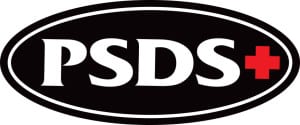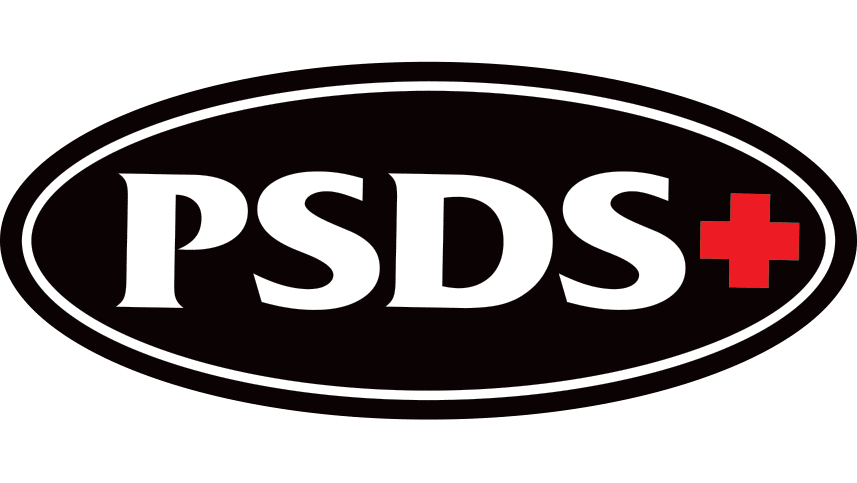
Public Safety Dive Supply offers comprehensive ice rescue training & classes to prepare rescue teams to properly respond to and execute operations to retrieve victims who have broken through thin ice.
During the practical training portion, students will perform a variety of roles to master numerous skills including:
- Proper donning of protective gear.
- Victim extrication from simple to complex situations.
- Self rescue scenarios.
Advanced training covers a wide variety of topics including:
- Team operations.
- Advanced equipment and rescue techniques.
- Stages of the deterioration of human physiology as victims are exposed to frigid water conditions.
- Animal Rescue techniques and considerations.
Please see our surface ice rescue level I, level II and level III course descriptions for more complete information on the requirements and physical demands. Public Safety Dive Supply surface ice rescue training meets and exceeds National Fire Protection Association (NFPA) water standards testing.
Surface Ice Rescue Technician Level I and II
This course is designed to provide information and hands on training to students/team members who may need to respond to surface ice calls. Learn the most effective, safest, state-of-the-art procedures. Our surface ice rescue level I and level II technician courses meet NFPA 1670/1006 ice standards.
The purpose of the surface ice rescue technician level I course program is to provide necessary skills and knowledge in performing life-saving operations in ice rescue, and the importance of understanding the dangers of ice. This course is Colorado State P.O.S.T. approved.
Surface Ice Level I
We examine incidents from the past that may be indicative of future outcomes. We teach the department simple drills to stay focused. We focus on communications, hand signals and effective whistle signals that minimizes rescuer task overload. We realize that more victims are seriously injured from the point of extrication to the ambulance. We teach proper handling and care of your victims. We emphasize the importance of pre-planning for the response area.
By the end of this course, the rescuer will have gained the knowledge and the skills necessary to be a safe and effective surface ice rescue technician. We offer the latest techniques that are in use and examine why older methodology may put rescue technicians at risk. We guarantee you’ll be a safer first responder
- Proper donning of protective gear
- Victim extrication
- Patient handling
- Self-rescue scenarios
- Team operations- Who should be doing what?
- Write an effective SOP and SOG
- Advanced equipment and rescue techniques
- Stages of hypothermia and its effects on rescuer and victim
- Safer animal rescue techniques
- “No go” incidents examination
- Victim Assessment
- U.S.C.G. Cold Water Boot Camp study
- Study – Why Ice Rescues fall apart
- Awareness, Operations, Technician responsibilities
Surface Ice Level II
During the Surface Ice Level II course, we will emphasize proper handling and care for victims that are or may be hypothermic. We examine past rescue incidents and how they were handled to better prepare for safer more effective future rescues. This course is an
extremely dynamic class that requires everyone on the shore to maximize a successful outcome.
By the end of this course, the rescuer will have more knowledge and will be safer and more effective with multiple victims at longer ranges.
- Long range rescues (greater than 250 feet)
- Multiple victim extrication
- Advanced system set-up
- Ropes and rigging
- Dynamic In-Haul and Out-Haul operations
- Color-coded systems for the best communication practices
- Advanced equipment and rescue techniques
- Advanced care for hypothermic patients
- 18 years old
- Should be a member of an Emergency First Response group
- Must be a good swimmer, in good health and comfortable working in the
water - CPR / AED / O2 / First Aid Certified.
Awareness, Operational and Technician Level courses are for emergency response personnel who may be first on the scene of a swift water emergency. First responders at the awareness level are expected to recognize the presence of hazardous conditions, protect themselves, secure the area, and call for additional resources, activate an emergency plan, assess conditions and attempt a reach or throw rescue, or contact rescue.
Upon successful completion of this course, divers may engage in basic public safety diving activities without direct supervision. Graduates may also participate in limited application recovery/rescue operations, providing that:
- PSD 1 operates under the supervision of a team supervisor
- Operations are limited to 60 feet in depth
- Operations are conducted in conditions consistent with his/her training
- Dive profiles are within no decompression limits

